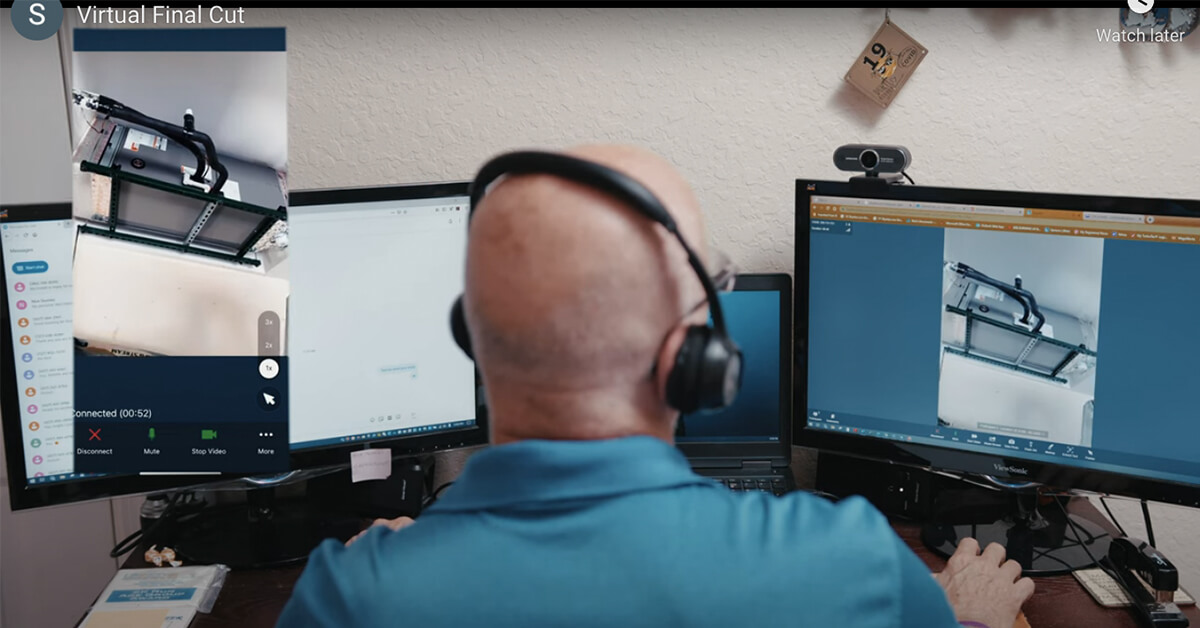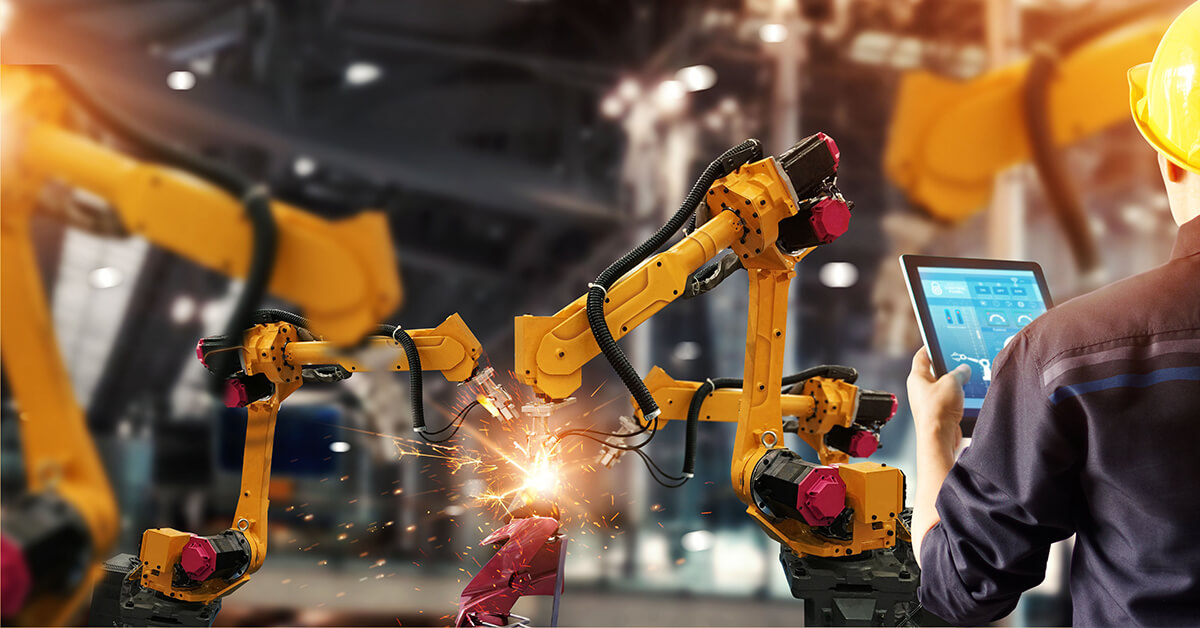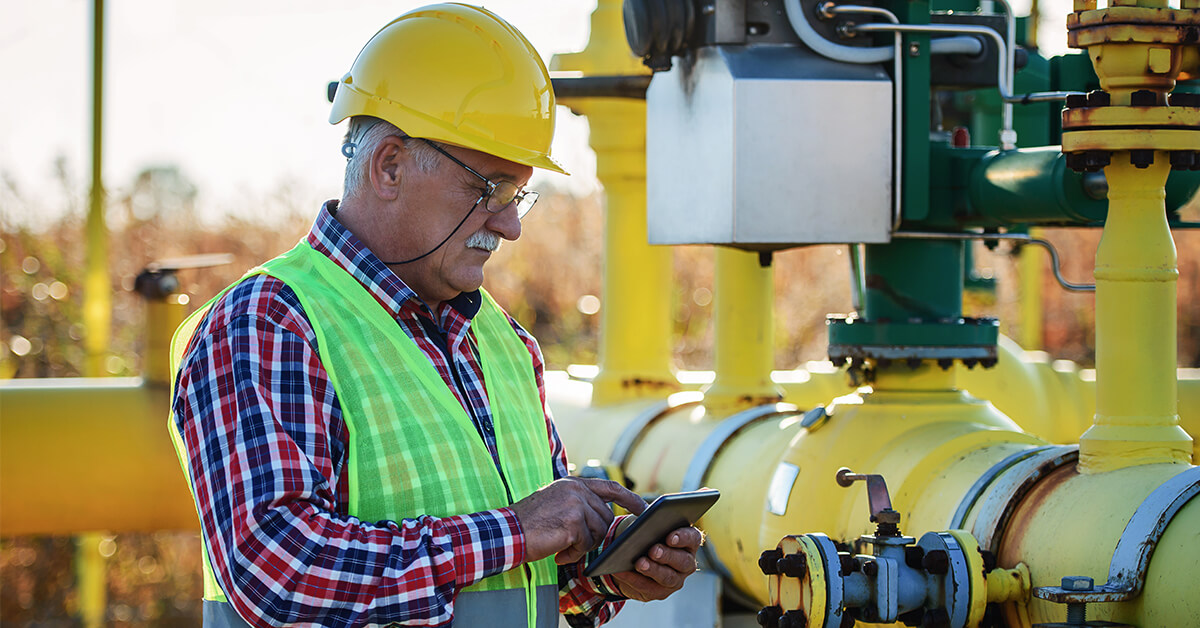Improve Your Margins by Triaging Customer Needs with Remote Video Tech
Imagine, for a moment, that you’re an inspector. You’ve been in traffic for 30 minutes en route to your first inspection of the day. When you arrive, your initial equipment checks point to major issues that are time-consuming to resolve.
You have to notify your other customers that you’ll need to reschedule. But if you’d known the inspection would be long, you might have been able to notify customers before heading out for the day.
Now, what if you had a way to know the estimated length of your inspection? With video inspections, you can determine how serious an issue is without traveling miles to view the equipment in person.
Video technology offers you a way to triage your customer needs so your inspectors can be more time-efficient and generate cost savings for your firm.
In this piece, we’ll explain how the video inspection process works and look at three benefits of using video tech to manage your inspectors’ workloads.
#1: Use Remote Video Tech to Quickly Gauge and Prioritize Issues
For many inspectors, site visits are an important part of their work. That makes sense: they need to see each piece of equipment that needs inspecting. Even so, some issues are more serious than others, and site visits for minor problems could be wasting your inspectors’ time.
If your inspectors use remote video tech, they can gauge issue severity without commuting to a site.
Here’s how that works: Someone already on-site – maybe a property owner or shift supervisor – uses the camera on an Internet-connected device to show your inspector the equipment of interest. Then, your inspector guides that person through their inspection checklist.
The result: Your inspector knows an issue’s severity faster than they would if a site visit was involved.
Once your inspectors know an issue’s severity, remote video tech gives your inspectors a quicker way to prioritize inspections. The equipment observations your inspectors make remotely can help them determine a job’s relative importance to other inspections. Your inspectors can separate the quick fixes from the longer jobs, all without commuting.
In case certain inspections do require a site visit, remote video tech allows your inspectors to know upfront what needs fixing. With the time saved from conducting other inspections remotely, your inspectors can feel confident knowing they’re making the most of every minute.
#2: Remote Video Inspections Give You the Time You Need for Long Jobs
Depending on the type, inspections can vary in length. Take home inspections, for example. Inspectors usually take two to three hours to thoroughly inspect a 1,500- to 2,000-square foot home. That time estimate jumps about 30 minutes per additional 500 square feet, so a 3,500-square foot home can take three-and-a-half to four-and-a-half hours.
HVAC inspections, on the other hand, run much shorter for initial jobs – about an hour at most. However, certain issues may end up requiring longer follow-up visits based on their complexity.
When your inspectors don’t know how long an inspection will take, they may spend time commuting between short jobs, only to find themselves running out of time to handle longer jobs later in the day.
With remote video tech, your inspectors don’t need to travel from site to site. Without spending time on the road, your inspectors have more time to dedicate to longer inspections.
As a bonus, the time savings can improve your inspectors’ focus and efficiency. If your inspectors are worried about making it to the next site on time, that can be distracting – and distractions are bad news during complicated jobs.
Eliminating a commute allows your inspectors to zero in on the task at hand. With the right conditions to focus better, they can tackle complicated inspections with efficiency and confidence.
#3: Time is Money – and Remote Video Tech Saves You Both
Because traditional inspections typically involve a site visit, you might not bat an eye when dispatching inspectors each day. But site visits aren’t free: you spend about $130 every time you send an inspector into the field. This line item can quickly add up, depending on the size of your team and the number of inspections in each inspector’s queue. And the upfront price tag doesn’t take into account the wear and tear on your inspectors’ vehicles.
Instead of rolling trucks to conduct inspections, use remote video tech to generate cost savings. With the money saved from eliminating regular commutes, you can invest in business essentials that require your attention.
In addition to removing the cost of expensive truck rolls, remote video inspections save your inspectors’ time. Every hour your inspectors are on the road is an hour without inspections. When your inspectors don’t have to commute several miles between sites, they can conduct more inspections each day – all from the comfort of their home or office. That benefits both your inspectors and your bottom line.
Use Blitzz for More Efficient Video Inspections
Remote video inspections can help you triage customer needs to save time and money. But don’t settle for video tech solutions that aren’t tailored to your work. Maximize your video inspection capabilities with an industry-specific tool like Blitzz.
From optical character recognition (OCR) and image text extraction to geo-tagging and call analytics, Blitzz offers the functionality you need to make the most of your remote video inspections. When you equip your inspectors with the right tools, they can complete their inspections with efficiency and ease.
Interested in learning more about how Blitzz can improve your margins? Try out a free demo today.




